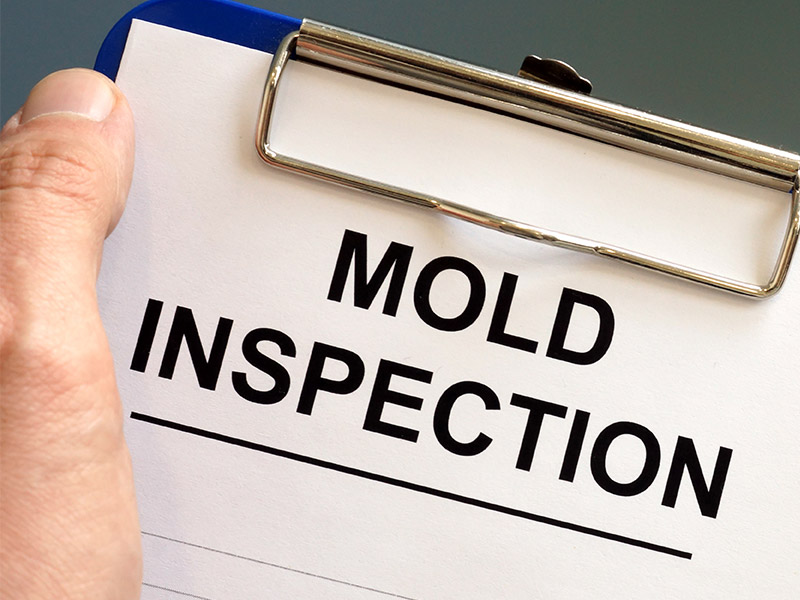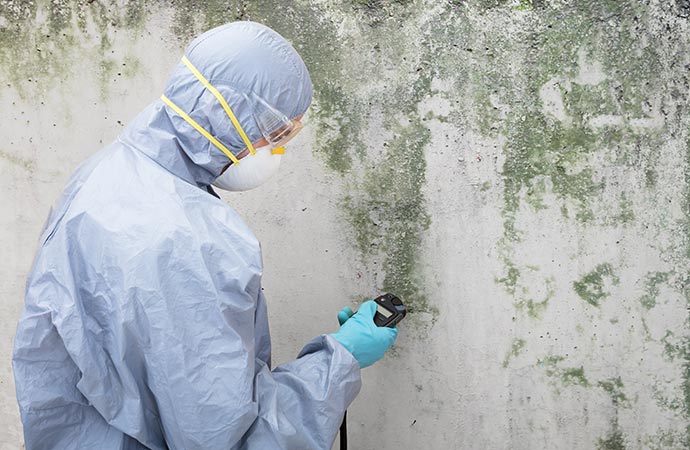Ensuring Conformity With Rules: the Function of Mycotoxin Examining in Quality Control
Ensuring compliance with stringent laws is extremely important for preserving food security, and the function of mycotoxin testing in quality assurance can not be overstated. Mycotoxins, harmful compounds produced by particular mold and mildews, position considerable health dangers, making their detection important in food manufacturing. Adherence to regulatory requirements, such as those set by the FDA and EU, needs robust testing techniques and technologies to identify and evaluate these contaminants. By carrying out detailed testing protocols, business can avoid potential health and wellness dilemmas, prevent pricey recalls, and preserve customer trust fund. Nonetheless, the complexities of these screening procedures raise essential concerns regarding their efficiency and performance.
Recognizing Mycotoxins
Understanding mycotoxins is essential to making certain the quality and safety and security of agricultural items. The most infamous mycotoxins include aflatoxins, trichothecenes, fumonisins, and ochratoxins, each linked with details fungal species and ecological problems.
The visibility of mycotoxins in food items can lead to chronic and severe health concerns, including liver damages, immune suppression, and cancer causing impacts. Their discovery and quantification are crucial components of high quality control in agricultural and food markets. The complexity of mycotoxin contamination demands a multifaceted method, employing advanced logical methods such as fluid chromatography, mass spectrometry, and enzyme-linked immunosorbent assays (ELISA) By comprehending the resources, kinds, and results of mycotoxins, stakeholders in the agricultural industry can better apply preventative steps and mitigate dangers, ensuring much safer usage for end-users. This understanding forms the bedrock upon which efficient mycotoxin monitoring methods are constructed.
Regulative Requirements for Mycotoxins
Having established a foundational understanding of mycotoxins and their influence on food safety, it is critical to evaluate the regulative standards controling their visibility in agricultural products. Regulatory standards for mycotoxins are necessary due to the fact that they specify permitted limits, ensuring food safety and safeguarding public health and wellness. Different worldwide and nationwide companies have set these limitations based upon thorough risk evaluations.
The Codex Alimentarius Compensation, a worldwide body developed by the FAO and WHO, gives standards and optimum allowable levels for different mycotoxins in food and feed. The Codex has set limits for aflatoxins in peanuts, maize, and dried figs, amongst various other products. These requirements are often adopted or adjusted by private nations to fit their certain demands.
In the European Union, Guideline (EC) No 1881/2006 states maximum levels for several mycotoxins, such as aflatoxins, ochratoxin A, and deoxynivalenol, in numerous food. The U.S. Food and Medicine Management (FDA) has actually established activity degrees for mycotoxins like aflatoxins in products such as nuts and grains.
Adherence to these governing requirements is critical for preserving market gain access to, customer depend on, and public health and wellness. Non-compliance can result in significant financial losses and health threats, underscoring the importance of rigid mycotoxin testing procedures.
Testing Techniques and Technologies

ELISA is commonly appreciated for its rapid and economical testing capacities, making it ideal for high-throughput atmospheres. It counts on antibodies to spot particular mycotoxins, offering outcomes in a fairly brief time frame. Nevertheless, its level of sensitivity might be restricted contrasted to extra innovative methods.
HPLC, on the various other hand, masters providing measurable analysis with high precision and accuracy. It separates intricate mixes into private elements, making it very reliable for determining and evaluating numerous mycotoxins simultaneously - Mycotoxin testing Services. This strategy, while extra resource-intensive and taxing than ELISA, offers a greater level of dependability

LC-MS represents the pinnacle of logical uniqueness and level of sensitivity. Integrating the separation power of fluid chromatography with the discovery capacities of mass spectrometry, LC-MS can detect also trace levels of mycotoxins. This technique is indispensable for verifying the presence of mycotoxins in regulatory and forensic contexts, making certain compliance with stringent security criteria.
Applying Checking Methods

Integrating these sophisticated testing approaches into a detailed top quality control framework demands a well-structured approach to implementing screening protocols. To accomplish this, organizations must first carry out a detailed threat evaluation to recognize potential mycotoxin contamination factors within the supply chain. This evaluation informs the development of a customized testing technique that attends to particular susceptabilities.
Following, developing standardized sampling procedures is essential. Constant sampling makes certain that examination results are trusted and agent of the whole batch (Mycotoxin testing Services). Complying with guidelines from governing bodies, such as the FDA or EFSA, assists maintain compliance and boosts look here the credibility of the screening procedure
Training personnel is an additional essential component. Staff should excel in both example collection and the procedure of testing equipment. Routine training sessions and accreditation programs can make sure that team members stay updated with the newest strategies and regulative changes.
Benefits of Mycotoxin Checking
Mycotoxin testing provides countless benefits that substantially boost the security and high quality of food and feed products. Primarily, it serves as a crucial control measure to protect against infected items from getting to the consumer market, thus securing public health. By determining and evaluating mycotoxins such as ochratoxins, aflatoxins, and fumonisins, manufacturers can ensure that their products satisfy stringent regulatory standards, hence preventing possible legal consequences and linked expenses.
In addition, mycotoxin testing adds to the economic practicality of food and feed markets by lessening the risk of large-scale item remembers. The capability to find and separate polluted sets early in the manufacturing process lowers waste and avoids the financial losses linked with broken brand online reputation. It fosters customer trust fund and commitment, as customers are progressively mindful of food security issues and need higher quality requirements.
The implementation of regular mycotoxin screening likewise promotes finest practices within agricultural and manufacturing sectors. By adhering to strenuous testing protocols, firms can enhance their top quality control procedures, improve operational performance, and guarantee the consistent production of safe, high-grade items. Finally, the advantages of mycotoxin screening are complex, adding to public health and wellness, economic security, and market stability.
Verdict
Mycotoxin screening is important in ensuring conformity read review with governing standards, therefore maintaining food safety and top quality control. Hence, mycotoxin testing continues to be a vital element of contemporary food safety administration systems.
Guaranteeing compliance with rigorous policies is critical for maintaining food security, and the function of mycotoxin screening in top quality control can not be overstated.In the realm of mycotoxin screening, progressed approaches and modern technologies are essential in guaranteeing food security and regulatory conformity.Mycotoxin screening offers many advantages that dramatically enhance the safety and high quality of food and feed products.Mycotoxin testing is critical in Our site ensuring compliance with regulative requirements, thus maintaining food safety and top quality control. Hence, mycotoxin screening continues to be an indispensable part of modern-day food safety and security monitoring systems.